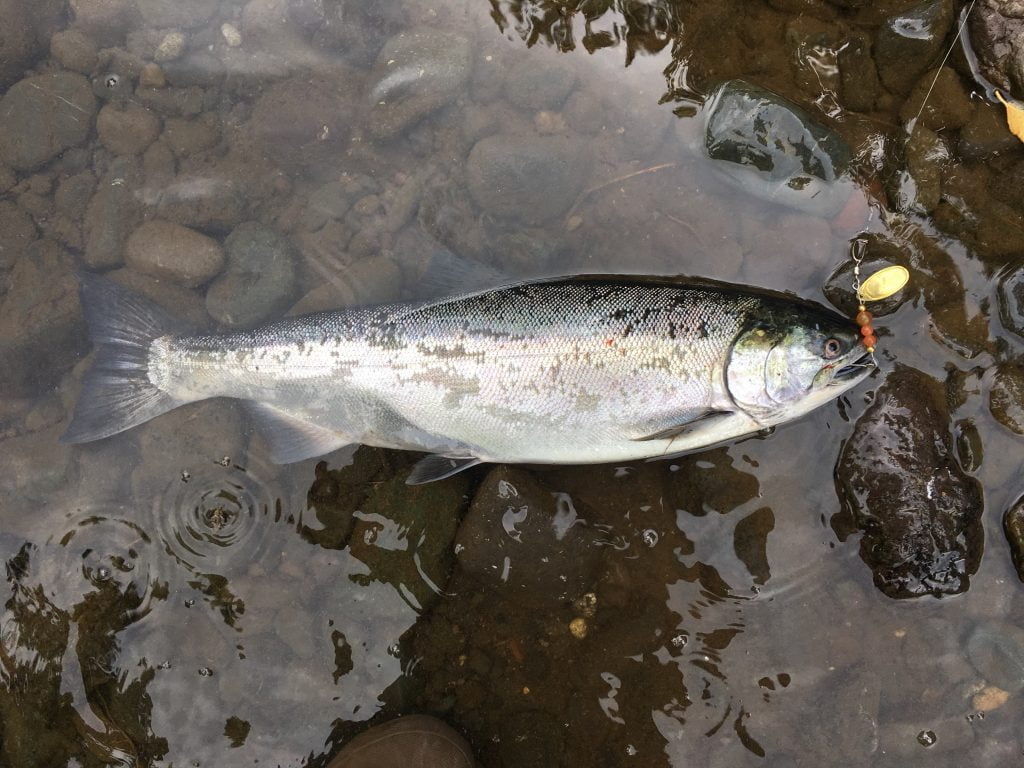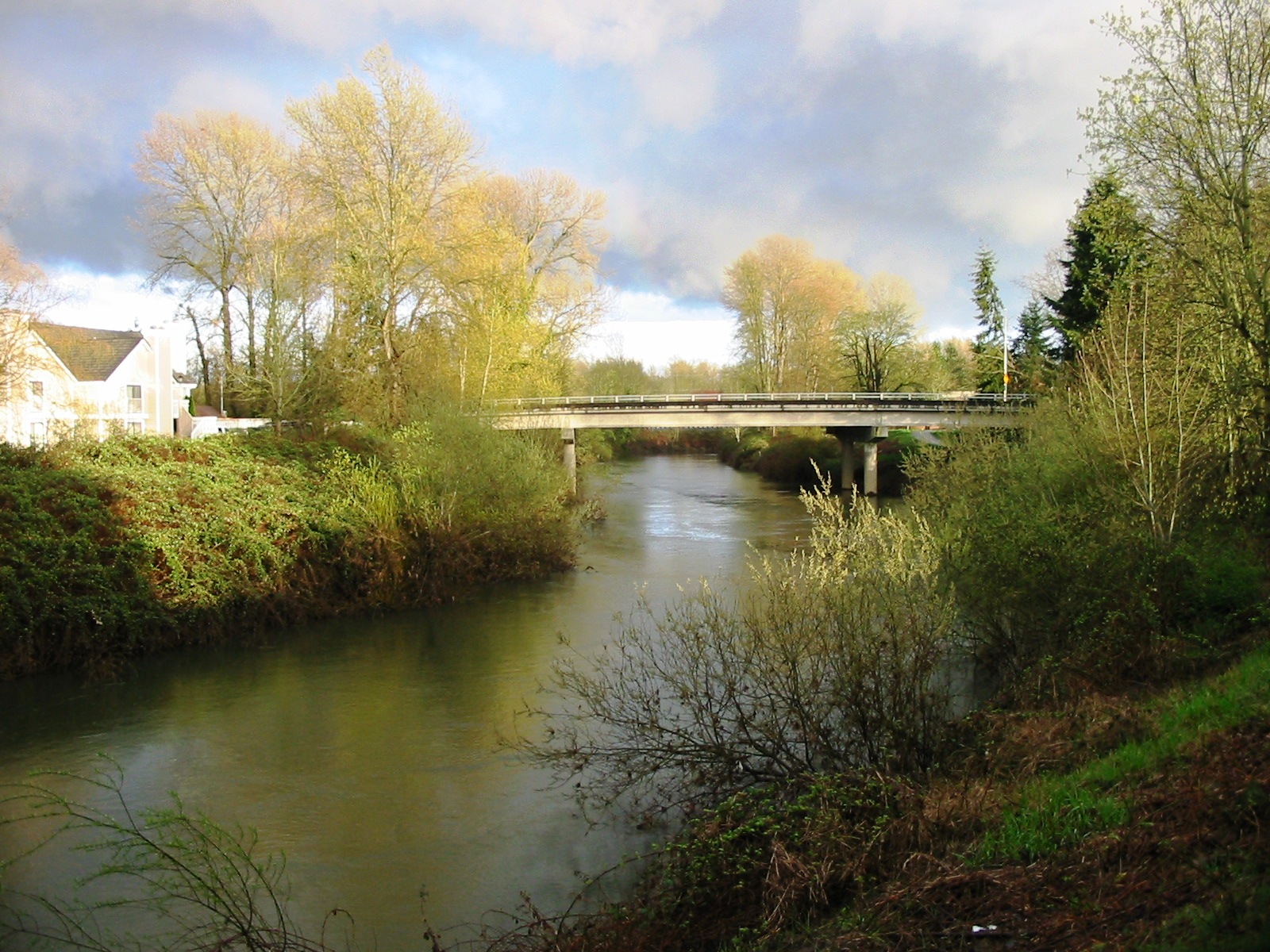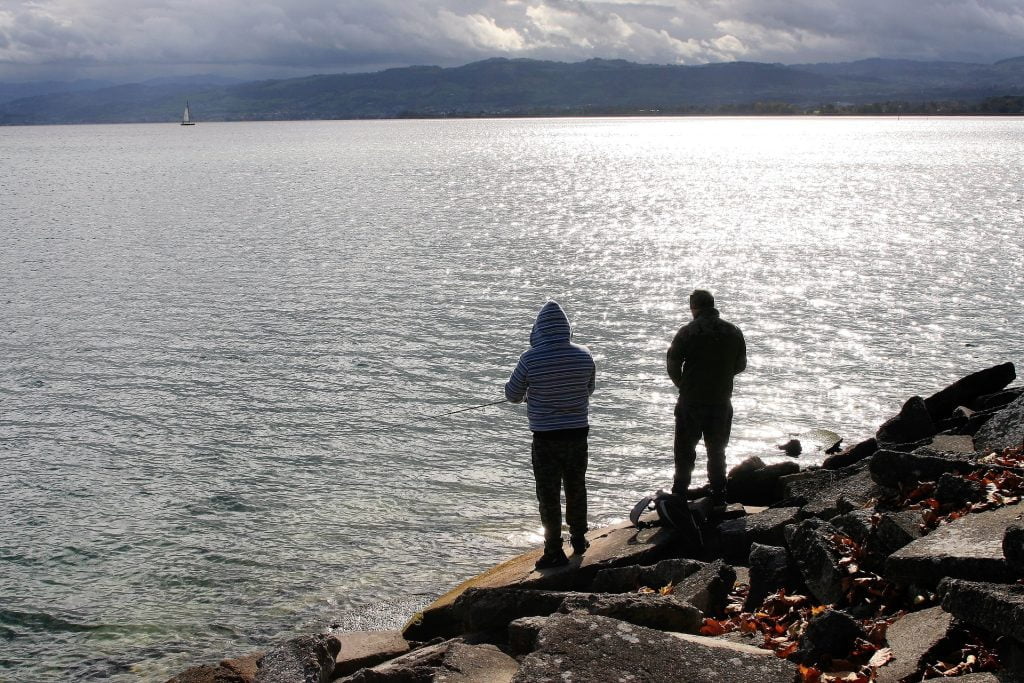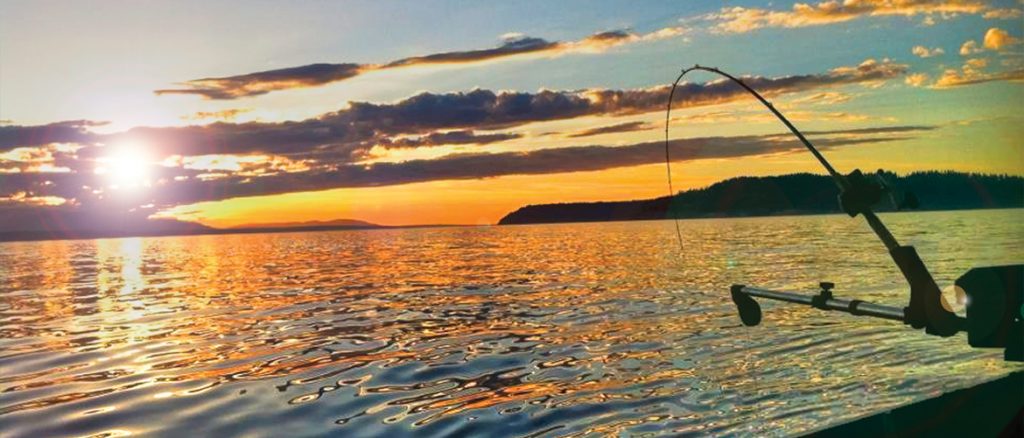Origins of artificial lures
Artificial fishing lures date all the way back to 2000 B.C. Archeological digs from ancient Roman as well as Chinese civilization also uncovered various forms of fishing tackle. In the 3rd Century A. D. a Roman by the name of Claudius Aelianus wrote about fly-fishing for trout and other kinds of sports fishing. He wrote about how to make lures of feathers, lead, bronze, and wild boar’s bristles and used horsehair and twisted flax to make his fishing line. In 1653 Issak Walton wrote probably the most famous book in history about fishing called The Complete Anger which told of his fantastic fly fishing adventures. The 1800’s set the stage for today’s modern fishing lures and during this time the inline spinner was born.
Fishing Inline Spinners
History of Inline Fishing Spinners
For the past couple hundred years Inline spinners have significantly evolved. One thing for certain these fishing spinners have proven successful for generations and today they’re still one of the most widely used artificial fishing lures on the market.
Making and Inline Fishing Spinner
Several components go into making an inline spinner. The core of it all is generally stainless-steel wire, a spinner body, clevis, spinner blade, and hook.
Fishing Spinner Parts
Wire: This is the base of the spinner and holds it all together.
Spinner Body: The spinner body adds weight and coloration.
Clevis: Attaches to the spinner blade and allows it to spin on the bearing.
Beads: Acts as a separator or bearing to allow the clevis to rotate without binding.
Spinner Blade: The spinner blade is designed to spin around the spinner body and reflect light to attract fish.
Hook: The hook is one of the most important yet overlooked parts of the spinner. The hook needs to be strong, sharp and able to meet the regulations of the area your fishing.
Once the fishing spinner is assembled and attached to a fishing line the action of pulling the spinner through the water causes the spinner blade to flutter and spin as well as deflect light. This gives the appearance of baitfish in the water and inspires larger predator fish to strike.
Choosing Spinner Colors
Today one the core concept behind developing modern spinners is to choose coloration that most closely matches the baitfish that reside in the waterway you are targeting fish. This is achieved by scouting the estuary and learning the types of fish that reside there. Once you have determined the varieties of bait fish use colors that most closely match those fish in your spinner designs. This is probably one of the most widely used methods for determining what spinners you would want to make or buy.
Also understanding the species, you are fishing is important as well. Some fish for example salmon are very territorial, Coho will aggressively attack lures that are chartreuse in color, even though the bait fish in that estuary may not display that coloration. Knowing the species your targeting when fishing spinners it’s vital in helping to determine coloration of your lures.
Water and Weather Conditions
One overlook aspect of fishing in many cases is water conditions.
Water Conditions
- In stained or turbid water, you will need more flash. This means either sizing up spinners or switching to a shinier blade.
- In clear water, either size down lures or switch to a less reflective blade.
- In cold water, fish seem to respond better to more flash, so go bigger or shinier.
- In warm water, fish respond better to less flash, so go smaller or less shiny.
Weather Conditions
- In overcast or rainy weather, you will need more flash. So again, you’ll want to size up spinners or switch to a shinier blade.
- In sunny and clear, again either size down lures or switch to a less reflective blade.
Spinner fishing Methods
There are two primary spinner fishing methods used by anglers. First is the cast and retrieve method and next is trolling. Cast and retrieve spinner fishing is by far the most widely used because it can be done from a boat and on shore. Trolling spinners can only be achieved from a boat.
Casting Spinners
Casting and retrieving requires the angler to cast the spinner out and reel it back in. There are several different techniques involved when casting spinners that have produced aggressive fish strikes but the most basic is to cast to the desired location, let the lure sink for a few seconds before you start to real in. Give the rod tip a quick jerk until you feel the vibration of the spinner rotates. This ensures that your spinner is working at its full attracting capabilities. Slowly and steadily real in, if you didn’t immediately catch a fish simple repeat.
Fan Casting
This technique is probably the most effective method employed when fishing spinners. When fishing from the bank you’ll want to cast and retrieve first to your 9 o’clock first, then 12 o’ clock then your 3 o’clock. This allows you to cover more water and significantly increase your chances of attracting fish to the bite.
Casting on Rivers
Tail out areas are feeding and resting areas that hold fish. These areas are at the end of a hole or drift where the water shallows and picks up speed. Because they’re shallow, tail-outs are hard to fish with cross-stream casts and are best covered with downstream casts. Position yourself above the tail out and cast across and downstream. When the spinner hits the water, take a few turns of your reel handle and then let the current do the rest, pushing and activating the lure as it crosses the river back to your bank.
Trolling Spinners
Trolling spinners is one of the more recent fishing methods where the spinner is trolled behind a boat as it floats through the waterway. Weight is used to get the spinners down to a specific depth where the fish are most likely to be. The attractive capabilities of spinners have proven effective for trolling and are a part of many angler’s arsenal when targeting several species of fish.
Back Trolling spinners
On many occasions, anglers will troll bait on their side rigs but have a couple of poles at the back of the boat trolling spinners. This provides the optimal coverage and in the event, the fish don’t take the side rigs the back troll spinners are another option to increase the chances of a strike.
Trolling Spinners with bait
Applying bait to your spinner is probably the most effective methods of fishing spinners to attract fish to the bite. The most commonly used baits are baitfish, shrimp and worms. Generally, these baits are applied to the hook as an added attractant to the spinner.
The main idea behind spinner fishing bait is that the spinner attracts the fish to the bait and the bait then become the leading cause of the bite.
Optimal bait choices depend on the area your fishing. Closely matching the natural bait of the estuary you in is the method that generally produces the best results. Remember fish have an excellent sense of smell. They smell in the parts per million thus if it smells like dinner more than likely it’s going to be dinner. Use bait or at the least scent the get maximum results when fishing spinners.





